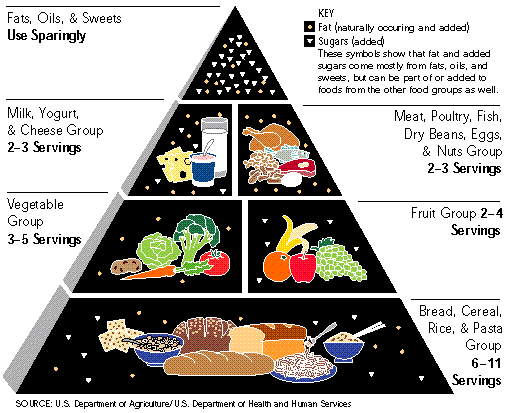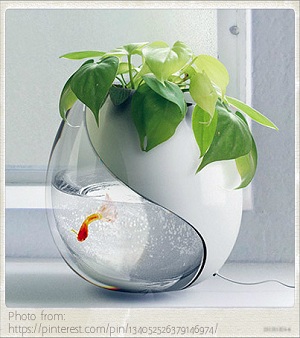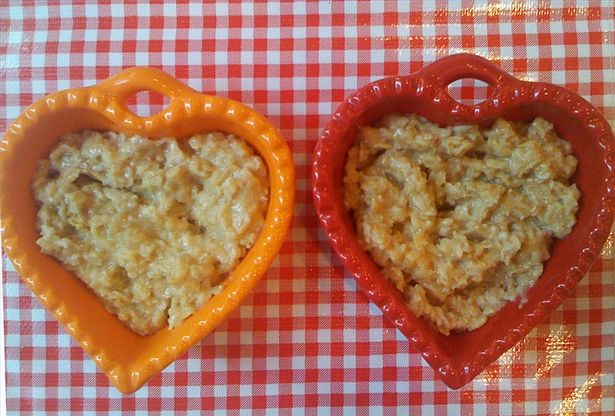A magnetron in a microwave oven generates electromagnetic waves of very high frequency and very short wavelength, hence the name microwave.
When food and similar substances are subjected to microwaves, they absorb energy and heat very quickly.
The actual heating takes place by molecular friction within the food itself. This is why the surrounding area does not get hot. Because different foods absorb microwaves at different rates, the heating time varies.
Large loads can increase the heating times due to the fact that the available energy in the microwave is fixed. For these reasons the size, shape and thickness of the food must be standardized to even up the heating time as much as possible.
Microwave energy can pass through china and plastic dishes, but is reflected by metal containers or foil, so they should not be used. It can penetrate food to about 4cm.
Complete heating relies on the transfer of heat by conduction from the heated parts to the cooler areas. Hence the parts of a plate in contact with the food get hot before the rim does.
Advantages
1.Food can be heated in small quantities very quickly. It is particularly suitable for heating pre-plated or ready-to-eat food. If it is used correctly, there is no loss of flavour.
2.Hot food can be boosted to correct serving temperatures.
3.Food can be kept cold and single portions can be heated to order, thus keeping the food fresher.
4.Waste can be avoided by heating food only when required.
5.By combining a microwave oven with conventional cooking appliances, cooking times can be shortened.
6.Microwave ovens are very compact and do not require extraction canopies.
Limitations
1.Only one or two portions can be heated at a time.
2.Food will not colour or brown in a microwave oven (unless a convection/microwave oven is used). If browning is desired, it must usually be achieved by other methods of cookery.
3.Frozen food placed in a microwave will thaw and heat unevenly because the ice crystals reflect the waves. With raw food there is a danger that thawed patches will start to cook before other parts are completely thawed.
For this reason food should be almost thawed before being heated. Alternatively, the food may be subjected to short bursts of microwaves with periods of rest in between. The higher the starting temperature, the faster the food will be heated.
4.Accurate timing is essential. An error of 30-60 seconds overexposure can cause overheating and spoiling.
5.Dense (thick) food (such as boiled potatoes) takes longer to heat than lighter food such as zucchini. The food must be matched for size and density to achieve even heating.
6.Microwave ovens are not suitable for cooking red meats, but good results can be obtained with poultry, fish and foods with an open porous texture.
7.The pastry of pies and tarts containing moist fillings becomes soft and loses its texture because of the steam generated from the filling.
If these goods are exposed to radiant heat such as an infrared light the crispness of the pastry can be restored, but long exposure will lead to dryness.
Other pastries can be heated successfully but they tend to dry out if kept for any length of time.
Summary
Microwave ovens are useful for heating food where suitably prepared items are required to be served in small quantities over a long time.
They are ideal for heating one or two portions of food that has been kept cold until it is ordered. They should be used to reconstitute food held at chilled, not frozen, temperatures.

 Introduction To Of Some Lower Cholesterol Foodstuffs
Cholesterol is a fat-like element contained in the physique
Introduction To Of Some Lower Cholesterol Foodstuffs
Cholesterol is a fat-like element contained in the physique
 Starting Up An Aquaponics Set Up From See The Easy Way
Planting seeds in your aquaponics system can be a lot simpl
Starting Up An Aquaponics Set Up From See The Easy Way
Planting seeds in your aquaponics system can be a lot simpl
 The Simplest Way To Lessen Your High Cholesterol By Natural Means
High-cholesterol is a major variable inside the countrywide
The Simplest Way To Lessen Your High Cholesterol By Natural Means
High-cholesterol is a major variable inside the countrywide